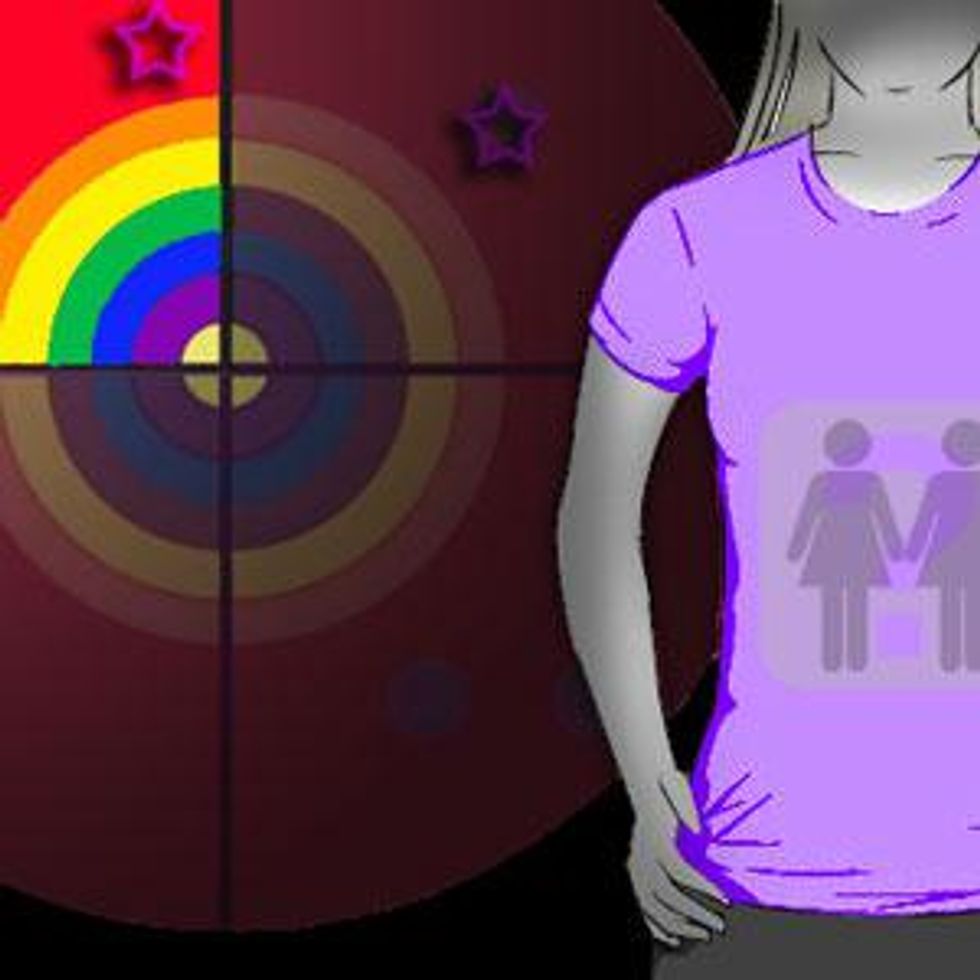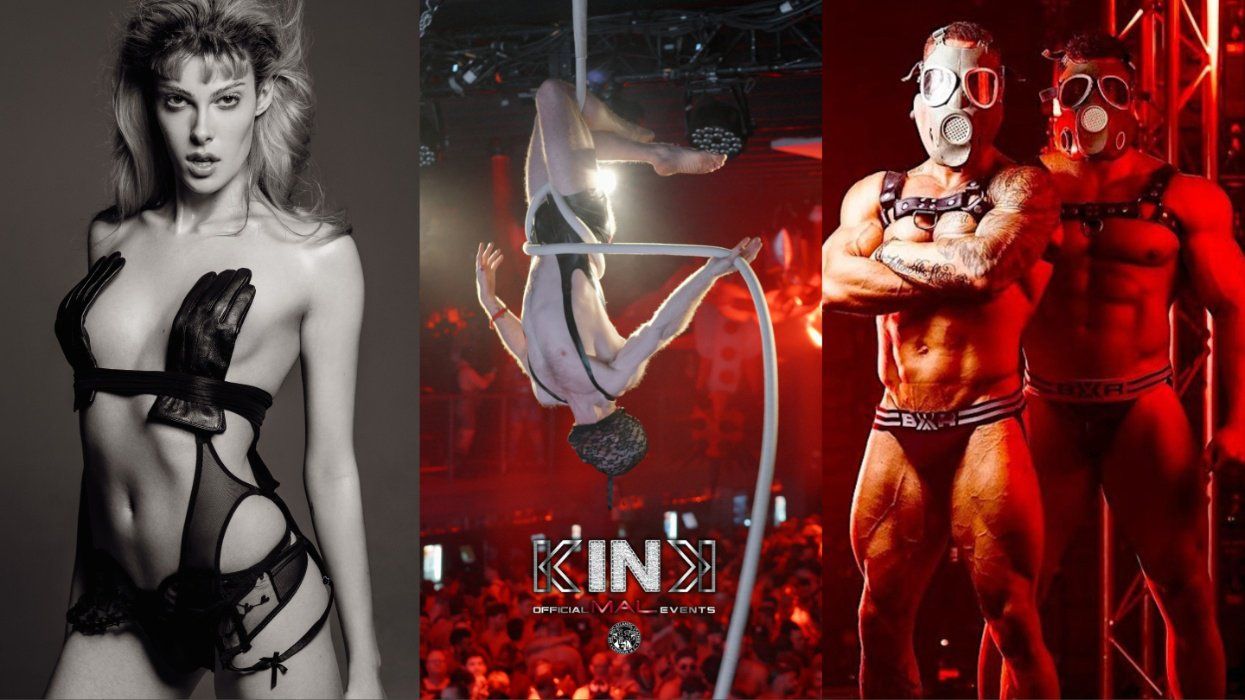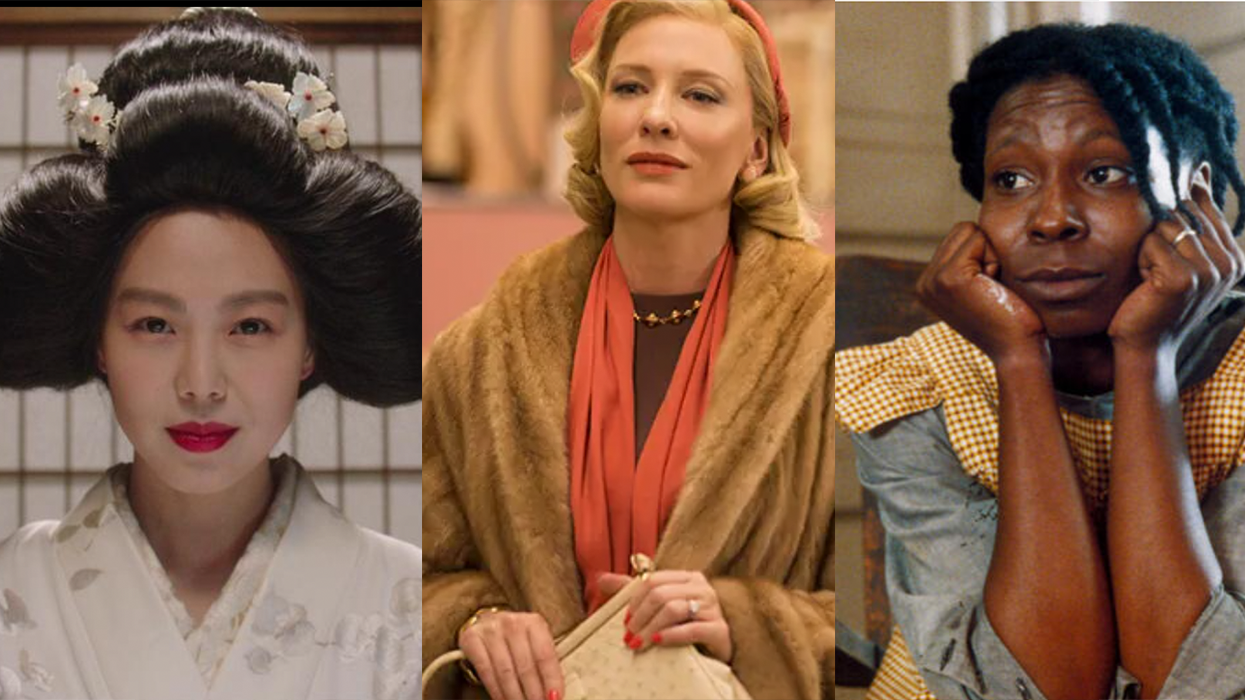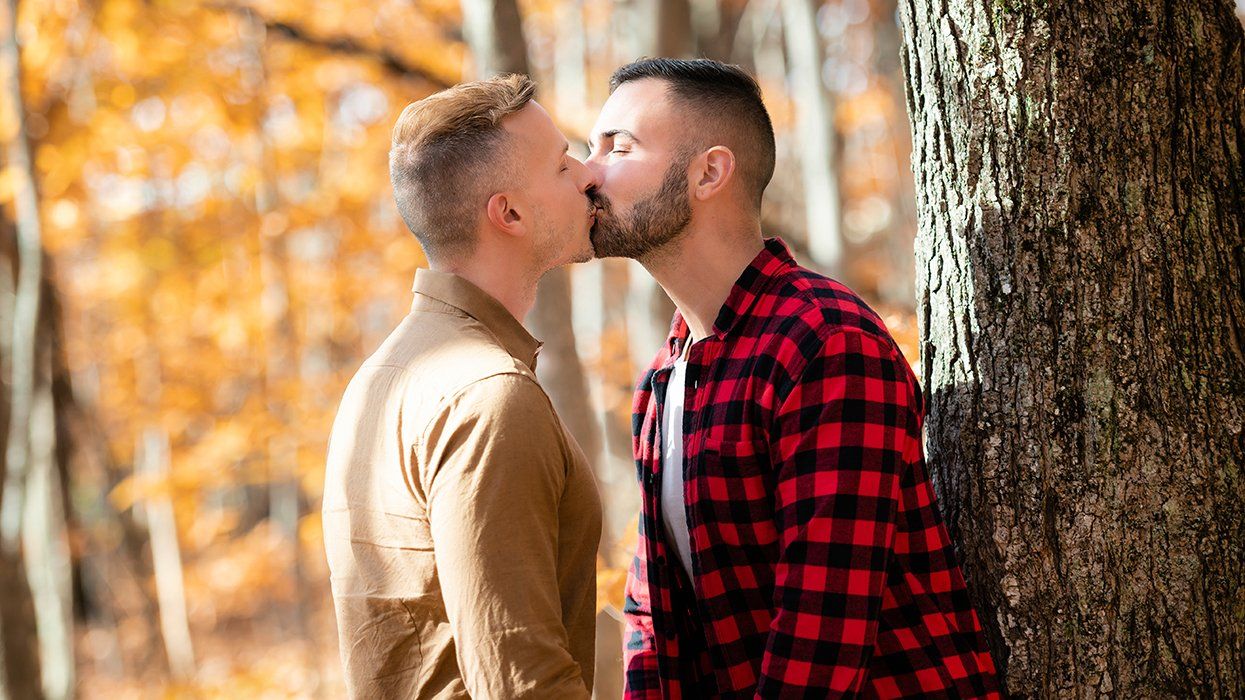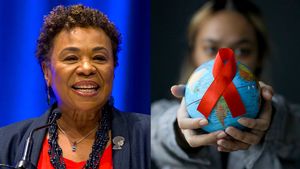Why is Pop Science of late interested in “gaydar?” And do ovulating women have better “gaydar?”
What was once considered a myth or anecdotal knowledge is now being lauded as a scientific fact. Gaydar is real! What is “gaydar?”
“Gaydar,” a portmanteau of “gay” and “radar,” is a person’s innate ability to instinctively know from mere observation that someone’s sexual orientation is heterosexual, gay, lesbian, bisexual or transgender.
How would you rate your gaydar? (Caveat: being in a gay pride parade is not the best time to assess if you have an acumen for gaydar.) Average to good? Exceptional? Overzealous? Wildly unreliable? Or spot on?
Two social scientists assert that they’re spot on when it comes to assessing gaydar. This month in the peer-reviewed science journal PLoS ONE Joshua A. Tabak and Vivian Zayas published their research findings on the validity of gaydar in a paper titled “The Roles of Featural and Configural Face Processing in Snap Judgments of Sexual Orientation.” And their findings are novel, but spurious in my opinion.
Devoid of cultural markers many of us employ in honing in on our gaydar- hairstyles, clothing, walk, body movements, talk, makeup, piercings, eyeglasses or tattoos – Tabak and Zayas state that the accuracy in detecting gaydar is driven by a sensitivity to individual facial features and the spatial relationships among facial features.
For example, viewing the facial photographs of men and women, and then categorizing each face as either heterosexual or homosexual, Tabak and Zayas subjects demonstrated an ability to identify sexual orientation with 60 percent accuracy, which is quite impressive since change guessing would yield 50 percent accuracy.
To further prove their research thesis that sexual orientation can be discerned by merely facial observation Tabak and Zayas presented their subjects with upside-down photos of men and women. Again, the subjects were able to pinpoint sexual orientation. And to no surprise, accuracy in pinpointing sexual orientation increased when the faces were presented right side up.
Tabak and Zayas’s gaydar research is built on the work of the social psychologist Nicholas Rule.
Gaydar studies are problematic, and Rule’s research, if Tabak and Zayas’s hasn’t already, might give you a hint.
Nicholas Rule, Assistant Professor of psychology at the University of Toronto and Canada Research Chair in Social Perception and Cognition, research teases out the question is your face your fate? In other words, what can you tell about someone just by looking at them? Hmm?
And therein lies the problem with “gaydar studies.” More often than not gaydar studies are predicated on LGBTQ discriminatory stereotypes, even when based on good intentions.
For example, while I couldn’t find photos of either Tabak or Zayas, I did find several online of Rule. And as one whose “gaydar” misses more often than it hits, I would guess that Rule’s gay. Why? Just based on my good intentions that’s meant to be a compliment but it’s a stereotype nonetheless that Rule’s just too cute and polished looking to be straight.
Another example: ovulating women are said to have the best gaydar of us all. In a study conducted with 40 Tuft University female undergraduates, the study concluded that the closer the subjects were to peak ovulation, the better their gaydar. Why? “They just gravitated to the cute ones, and then immediately tossed them into a “probably gay” discard pile — just like they do in real life,” Gawker wrote.
While many of us LGBTQ people use our gaydar in a tongue-in-cheek way to poke fun at each other, or to brag about our accuracy in spotting each other, we’re basing these assumptions on socially constructed signifiers that are also used to discriminate against us.
Using one’s gaydar is no longer the province of the LGBTQ community. It’s wide-spread appeal is also used by heterosexuals.
How often have we heard of someone gay bashed because a heterosexual homophobe thought the person he or she targeted looked gay?
“Banking on gaydar is problematic because it lets us assume gender and sexual identity of people,” said Allison, a queer woman on Jezebel. “BUT it’s many of us in the queer communities who are just as guilty of buying into gaydar. As much as I could criticize someone outside of the LGBT community for bragging about having accurate gaydar, it’s probably my queer friends who are most adamant about being able to tell who’s gay.”
At Pride parades this month be careful with your gaydar. And here’s why:
While attending my very first Boston Pride Parade I spotted a sister I assumed was a lesbian and unattached. By Brooklyn – my hometown – standards she had all the social markers. Why was she there with her gorgeous self all alone along the parade route I asked myself? When I mustered up enough courage to cross the street to where she was suddenly her husband and two children came running out of Old South Church. She was watching the parade just momentarily while they used the bathroom. My bad!
Follow SheWired on Twitter!
Follow SheWired on Facebook!
